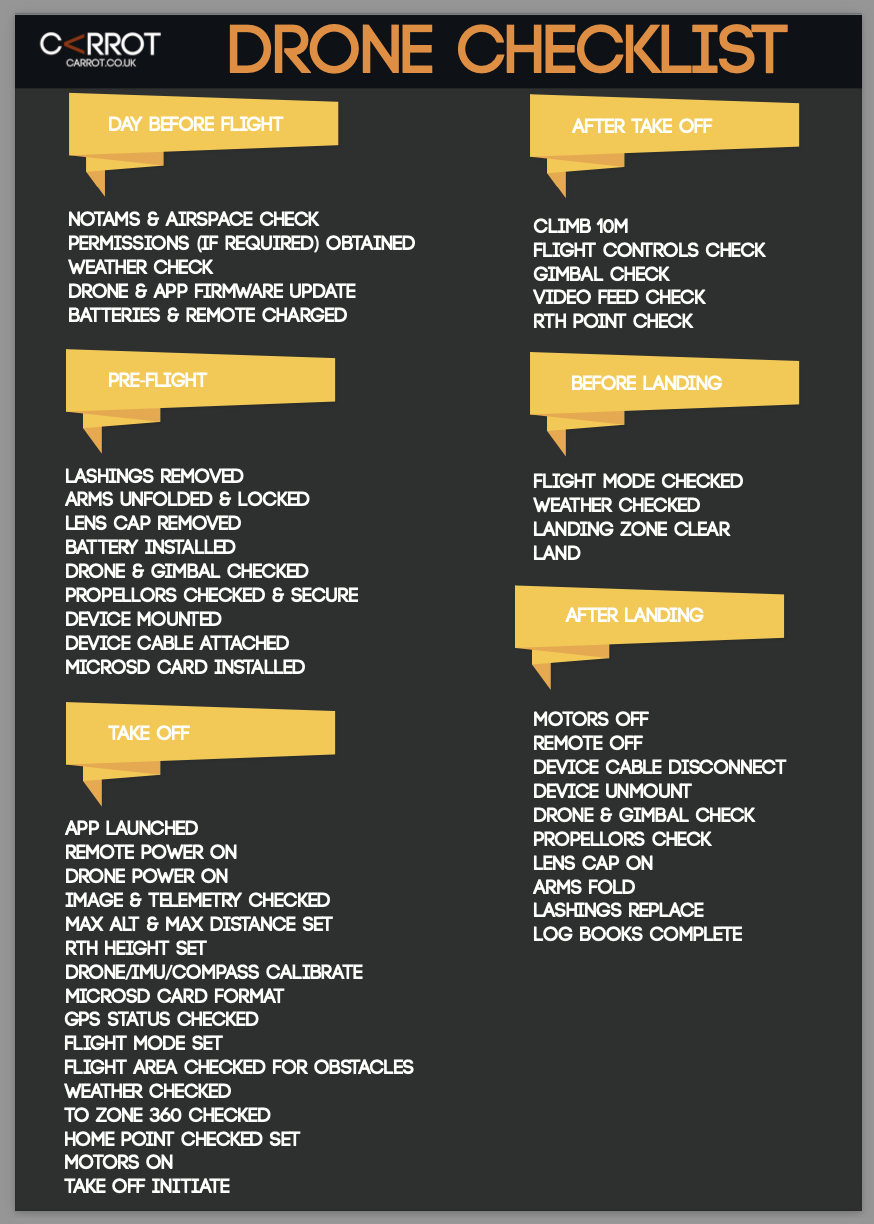Read Time 5 mins
29/04/2023
Introduction
Drones have unlocked the potential for stunning aerial cinematography, providing filmmakers and enthusiasts with a fresh perspective on the world. To create captivating drone videos that stand out, it's essential to master the art of composition, camera movement, and storytelling. In this blog post, we will share tips and techniques to help you compose visually engaging drone videos that captivate your audience.
Plan Your Shots
Before you take off, spend some time planning your shots and envisioning the final product. Consider the following factors when planning your drone video:
- Location: Scout for visually appealing and safe locations that offer unique perspectives.
- Time of day: Choose the optimal time for shooting, such as the golden hour, to capture the best lighting conditions.
- Storyline: Develop a narrative or theme for your video to maintain audience interest.
Optimal Camera Settings and the 180-Degree Rule:
Understanding and adjusting your drone's camera settings can greatly enhance the quality of your videos. Here are some tips on setting up your camera and adhering to the 180-degree rule:
-
Resolution and Frame Rate: Depending on your drone's capabilities, a 4K resolution will provide you with crisp, high-definition videos. When it comes to frame rate, if you plan on adding slow-motion effects in post-production, shooting at a higher frame rate, such as 60fps or even 120fps, is beneficial. However, for regular speed footage, a frame rate of 24fps or 30fps is typically sufficient.
-
ISO: ISO controls your camera's sensitivity to light. A lower ISO value (like 100 or 200) is preferable for daytime shooting to prevent overexposure and reduce noise. For low-light conditions, you may need to increase the ISO, but be mindful of potential image noise.
-
Shutter Speed and the 180-Degree Rule: According to the 180-degree rule, your shutter speed should be double your frame rate to achieve smooth motion blur that mimics human vision. For instance, if you're shooting at 24fps, your shutter speed should be 1/48th of a second. As most drones don't offer exact 1/48th shutter speed, you can opt for the closest available, which is 1/50th.
-
ND Filters: Sometimes, maintaining the 180-degree rule can result in overexposed footage, especially in bright conditions. This is where Neutral Density (ND) filters come in handy. ND filters act like sunglasses for your drone's camera, reducing the amount of light that hits the sensor and allowing you to maintain the optimal shutter speed.
-
White Balance: Instead of leaving your white balance on auto, manually adjust it to match your shooting conditions. This will ensure consistent color temperature throughout your footage.
Remember, while these settings are a good starting point, the best settings for your drone videos will depend on the specific conditions in which you're shooting. It's always a good idea to experiment with different settings to see what works best for your style and the story you're trying to tell.
Master the Art of Composition
Utilise the principles of composition to create dynamic and visually engaging shots. Some composition techniques to consider include:
- Rule of thirds: Place subjects or points of interest along the intersecting lines of a 3x3 grid to achieve balance and visual interest.
- Leading lines: Use natural or man-made lines to guide the viewer's eye through the frame.
- Depth: Layer your shots with foreground, middle ground, and background elements to create a sense of depth and dimension.
Smooth Camera Movements
Smooth and controlled camera movements are key to creating professional-looking drone videos. Experiment with the following movements:
- Orbit: Circle around a subject, keeping it in the center of the frame.
- Reveal: Start with the camera pointing down, then gradually tilt up to reveal a landscape or subject.
- Dolly: Move the drone forwards or backwards while maintaining a consistent altitude.
Vary Shot Types and Angles
Mix up your shots to maintain visual interest and tell a compelling story. Consider incorporating the following shot types:
- Establishing shots: Set the scene with wide shots that showcase the location.
- Medium shots: Provide context and detail by focusing on specific subjects or features.
- Close-ups: Highlight textures, patterns, or intimate details to create a sense of connection.
Edit and Add Transitions
Editing is crucial for crafting a seamless and captivating drone video. Choose the best clips, trim them to the desired length, and arrange them in a logical sequence. Enhance your video by adding smooth transitions between shots, such as:
- Straight cuts: Simple and effective, these cuts maintain a fast pace and suit most types of drone videos.
- Cross-dissolves: Gradually fade one clip into another to create a smooth, dreamy transition.
- Match cuts: Align similar visual elements from two different shots for a seamless, creative transition.
Conclusion
Composing mesmerising drone videos involves careful planning, mastering composition techniques, and skillful editing. By following these tips and experimenting with different shot types and transitions, you can create captivating aerial videos that leave a lasting impression on your audience. Now, it's time to take to the skies and let your creativity soar!
